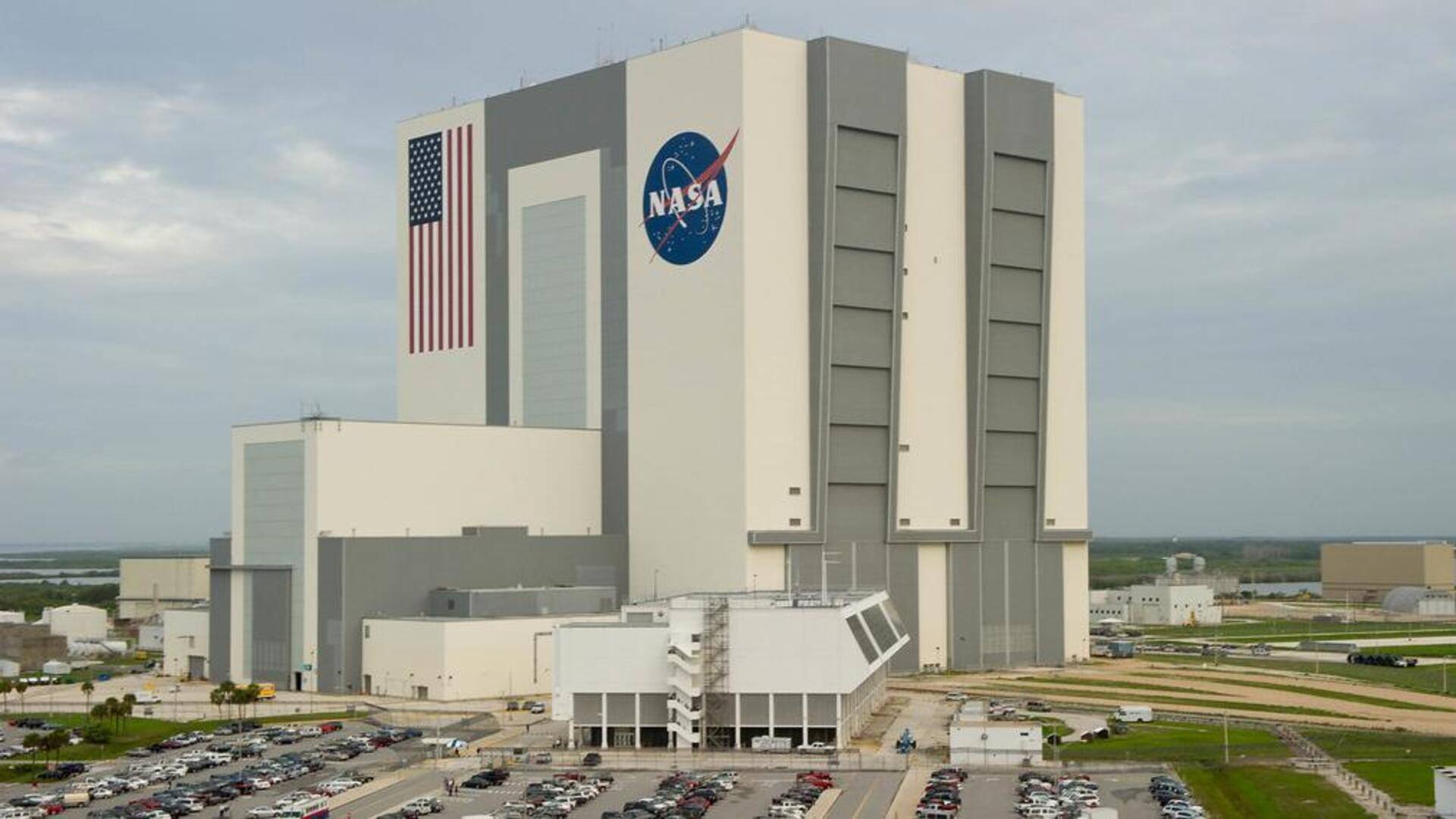
NASA releases comprehensive report on UFOs: Key findings
What's the story
NASA has published a 36-page report detailing its efforts to track the Unidentified Anomalous Phenomena (UAPs), commonly known as UFOs. The report, prepared by a group of 16 experts, examines data collection methods across the government as well as the private sector. It explores how the space agency can contribute to a robust, government-wide approach to collecting future data on UAP incidents.
Details
Addressing data collection challenges in UAP tracking
The NASA UAP report does not pack any bombshell claims but instead emphasizes the need for improved data collection and analysis methods. The report states that understanding a small subset of UAP encounters "will require new and robust data acquisition methods, advanced analysis techniques, a systematic reporting framework, and reducing reporting stigma." Current data collection is hindered by various factors, including poor sensor calibration and lack of baseline data.
What Next?
Harnessing NASA's expertise for UAP analysis
The report highlights the importance of leveraging NASA's expertise as part of a systematic data acquisition plan within the whole-of-government framework. NASA's assets could play a vital role in understanding UAP encounters by determining whether certain environmental factors are associated with some reported UAP behaviors or occurrences. This could help explain some incidents detected by other sensors.
Insights
Commercial satellites crucial to UAP detection
While NASA's Earth-observing satellites cannot detect objects as tiny as UAPs, they can probe local land, oceanic, and atmospheric conditions that might be related to some incidents. The commercial satellite industry, however, has the prowess to take higher-resolution images and could deliver a powerful complement to the detection and analysis of UAPs when coincident collection occurs. This collaboration could significantly enhance our understanding of these mysterious phenomena.
Finance
How much did the study cost?
The main gist of the report is that, as of now, there is no reason to conclude that accounts of UAP encounters have an extraterrestrial source. However, artificial intelligence and machine learning will play crucial roles in identifying these rare occurrences. This study was launched one year back and cost less than $100,000 (around Rs. 83 lakh).